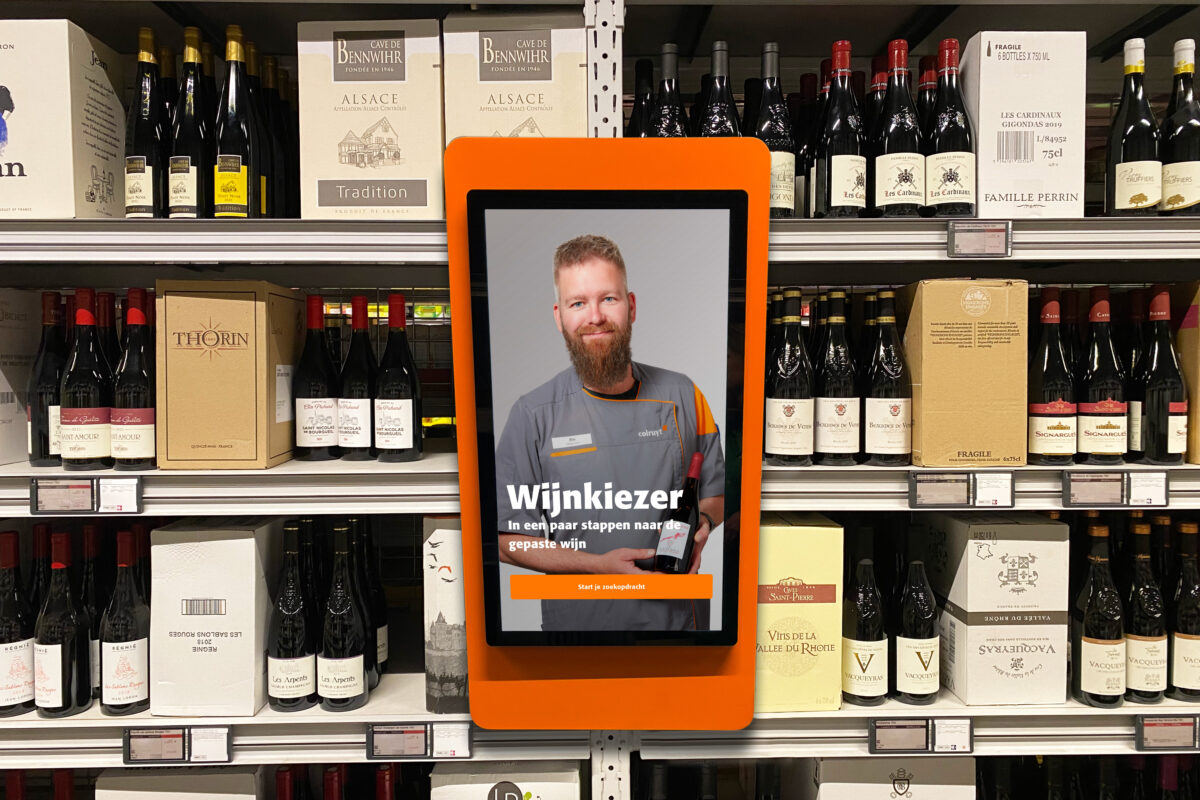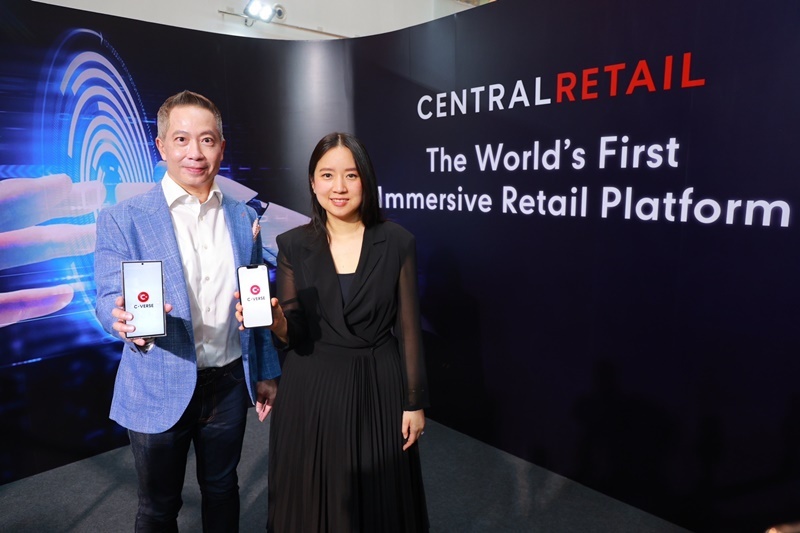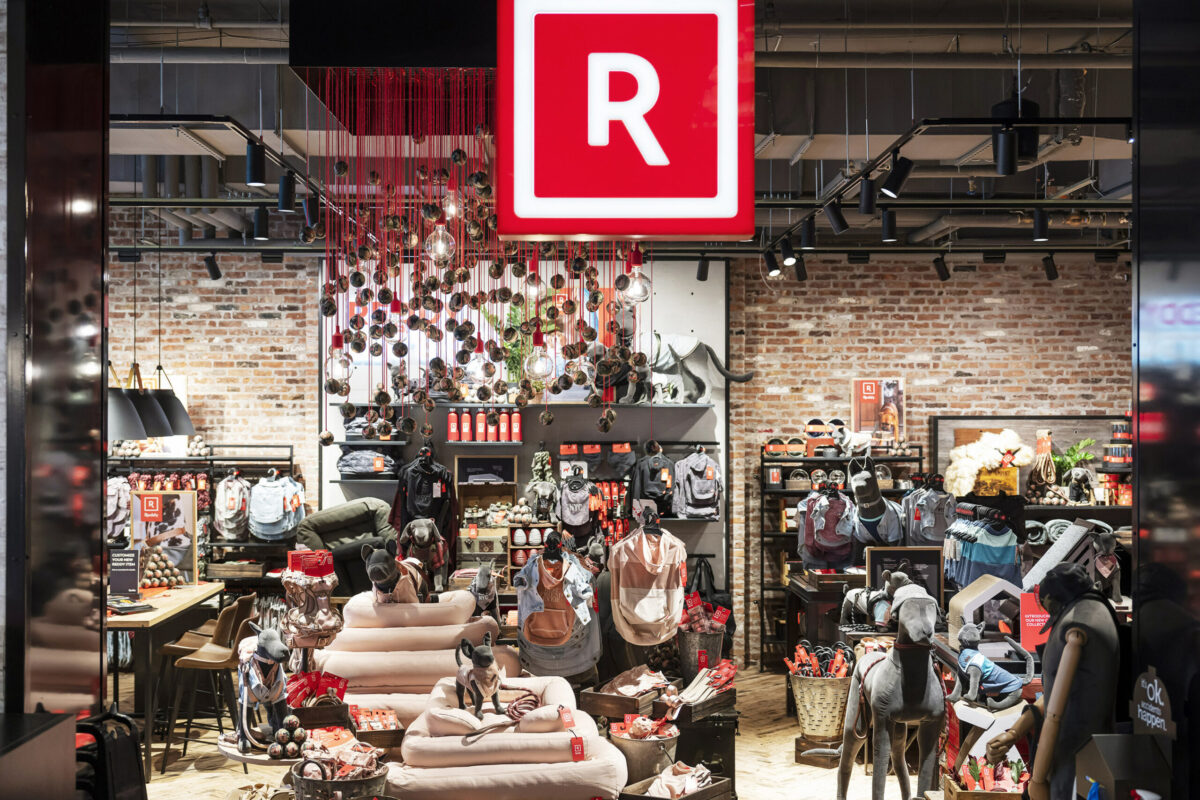Generation Z’s spending power is on the rise – what retailers should understand right now.
By Katja Laska (exclusively for EuroShop.mag)
China is the clear global leader in e-commerce. That comes as no surprise since the consumers of the East Asia country prefer to buy their goods online. For some time now, Gen Z has been taking the helm in online shops and generating the most sales for retailers. Its consumer behavior is triggering a change in the market. Why is that exactly and which online shopping trends does this fuel?
In 2020, e-commerce sales in the People’s Republic of China amounted to 2.16 trillion US dollars. According to projections (by Statista), the country’s online retail sales are expected to reach nearly US $3.79 trillion by 2025. Last year, the number of online shoppers topped 812 million. One key group pouring money into the virtual coffers comprises young people born between 1995 and 2010 – the Generation Z demographic cohort.
According to the National Bureau of Statistics of China, Gen Z consumers now account for 19 percent of the country’s total population. They are the youngest members of the workforce and will probably accumulate more spending power in the years to come, making this cohort increasingly important for the retail sector.
Members of Gen Z are digital natives who grew up with the rise of the internet, messaging services, smart devices, and other relevant technologies.
This generation witnessed China’s rapid economic development in recent years and, thanks to globalization, has a much more global view and broader sensitivities that extend beyond China.

© biasciolialessandro
How you can win over Gen Z
Here are a few facts retailers should keep in mind in their efforts to win over Gen Z:
As with other target groups, online, omnichannel and mobile are the magic words. In 2018, most shoppers still shopped in brick-and-mortar stores, but now online platforms are gaining traction. According to Statista, as of November 2020, nearly 79 percent of the Gen Z online shoppers in China used Mobile Taobao, an e-commerce app operated by Alibaba. Meanwhile, the second-hand fashion retailing app Dewu became popular among young Chinese online shoppers, with a penetration rate of 6.8 percent. Social commerce usage in the country has become an increasingly important tool for brands. The sales channel, which allows users to buy products through social media platforms and interact directly with live streamers, is expected to grow into a more than $1.6 trillion business by 2025. Thanks to its digital affinity, the Generation Z target group is among the main consumers of these channels.
Hey, good lookin’: members of Gen Z buy what they like. Ahead of China’s Youth Day on May 4, the e-commerce platform JD, which led China’s e-commerce market with net sales of 71.901 million Euros in 2020, has released a new report examining shopping preferences and trends related to Gen Z consumers: Since 2022, sales of visually appealing products purchased by Gen Z have increased by 166 percent year-on-year. In the categories of kitchen and bathroom appliances, home renovation and soft furnishings, baby bedding, outdoor equipment and apparel, sales of products with eye-catching appearance have all increased more than 10-fold. Aside from subculture fashions, natural cosmetics, healthy snacks and wellness products and activities were also high on the list of top-selling products in the past. However, it’s not about quantity. This generation appreciates uniqueness, style and quality and prefers to spend their money on themselves.
According to Vogue Business and Bloomberg News, the group embraces the “national tide” movement in recent years with a shift to buying local. Unlike their parents, China’s Gen Z tends to be less impressed by products simply because they feature foreign-language labels stating, “Made in USA” or “Made in Italy”. Western trends dominated the market once the People’s Republic of China started to open to foreign investment in the late 1970s, sparking an influx of brands from McDonald’s to Toshiba and Starbucks. The younger generation is now embracing its roots, heritage, and traditions, exhibiting a growing sense of cultural pride to the world. In the recent past, brands like Sony, H&M, and Adidas have thus found it increasingly difficult to attract the affluent group. Companies that want to be successful need a better understanding of what Chinese consumers want and like and embrace Chinese culture to fit in the local market.

© AXXEL6 /MirkoVitali
Although the trend seems to decline, foreign brands nevertheless still hold a special allure. Earlier this year, Alibaba’s luxury platform Tmall Global noted that Gen Z is leading the charge in China’s import market on Tmall. “The rise of Gen Z consumers has reshaped the consumer market and sales of perfume, whiskey and fashion products have all grown as a result,” said Lynn Dong, general manager of global business development at Alibaba Import. According to Statista, the company led the Chinese e-commerce market with 47 percent in 2021.
These digital natives are considered the voice of the internet. If retailers want to be successful in China’s virtual world, they should listen to this voice and tailor their product designs, functions, services, and marketing strategies to this cohort of consumers. Once they do, they could soon hear their cash registers sing.



















